According to the Department of Planning and Investment, from 2021 to June 2023, the province had 26 newly established cooperatives, bringing the total number of cooperatives in operation to 112, an increase of 28.7% compared to 2020; cooperatives operating in the following fields: Agriculture has 84 cooperatives (accounting for 75%); handicraft production has 10 cooperatives (accounting for 8.9%), general service business has 8 cooperatives (accounting for 7.1%); transportation sector has 7 cooperatives (accounting for 6.3%) and 3 People's Credit Funds are operating. In order to improve operational efficiency, cooperatives have applied technology in agricultural production, improving the qualifications of cooperative management staff. Currently, the proportion of cooperative management staff trained at college and university level has increased from 11.5% in 2016 to 17% in 2022; The rate of primary and intermediate level workers increased from 24.9% in 2016 to 34% in 2022. Thanks to that, cooperatives have promoted their capacity, improved their operational efficiency, created collective strength in production and business, contributed to increasing revenue and profit, and brought practical benefits to members. By the end of 2022, the total operating capital of cooperatives reached 173.37 billion VND, an increase of 22.8% compared to 2016; the total value of cooperative assets reached 44.7 billion VND, an increase of 38% compared to 2016. The average revenue of cooperatives in 2022 reached 2.3 billion VND/cooperative, an increase of 27.8% compared to 2016; of which revenue for members reached 1,750 billion VND/year, an increase of 45.8%; Average profit is estimated at 225 million VND/cooperative, up 40.6%; average income of regular workers in cooperatives is 58 million VND/person, up 2 times compared to 2016.
Booths displaying products of cooperatives at the Conference on promoting supply and demand of the “One Commune One Product” (OCOP) Program. Photo: Van Ny
In recent years, the work of supporting the development of collective economy has received attention. In the 5 years from 2016 to 2022, capital sources have been mobilized and integrated to support cooperatives, with a total budget of over 44 billion VND, of which the state budget is over 26 billion VND and the support capital of sponsors is over 18 billion VND, creating conditions for cooperatives to operate more stably and effectively. There have been many joint venture and association models, forming value chains between enterprises, cooperatives and farmers in the production and consumption of agricultural products; by the end of 2022, there were 37 agricultural cooperatives implementing production linkages associated with the consumption of agricultural products and aiming to build a closed value chain from input services to processing and consumption of output products to increase product value, meeting the economic needs and lives of members; There are 29 products of 13 cooperatives recognized as OCOP products (of which 6 products are ranked 4 stars and 23 products are ranked 3 stars at the provincial level).
For example, Tuan Tu General Service Cooperative, An Hai Commune (Ninh Phuoc) was established in 2016 with only 13 members at first, and has now grown to 84 members, with a production area of over 55 hectares. Mr. Hung Ky, Director of Tuan Tu General Service Cooperative, said: With the attention and support of all levels, sectors and localities, Tuan Tu Cooperative has linked up with companies to support long-term production for cooperative members. Thereby, conferences have been organized to train on techniques and plant protection chemicals for cooperative members; maintain and develop effective green asparagus production and form production areas. With support from programs, cooperative members have been able to borrow capital to implement large-scale fields; support young staff to help the cooperative, train and grant VietGAP certificates to cooperative members. In the past 3 years, the output of finished asparagus has been 150 tons, earning a profit of 750 million VND. In 2023, finished asparagus products are estimated to reach 60 tons, with profits reaching over 300 million VND.
Grape growing linkage model according to VietGAP standards of members of Thai An Agricultural Service Cooperative, Vinh Hai commune (Ninh Hai).
Besides the achieved results, collective economy and cooperatives still have limitations, such as small scale, uneven development among sectors, low contribution rate to GRDP and decreasing trend; some transformed and reorganized cooperatives are still formalistic, loose and inappropriate organizational models; the connection and cooperation between collective economy and cooperative organizations with each other and with other economic types are still weak; State management and the qualifications of cooperative managers are still limited...
Comrade Truong Van Tien, Deputy Director of the Department of Planning and Investment, said: In order to maintain and improve the quality of cooperative operations, contributing to the effective implementation of the National Target Program on New Rural Development, in the coming time, the unit will continue to advise the Provincial People's Committee to direct departments, branches and localities to coordinate in promoting propaganda and dissemination of policies and guidelines on continuing to innovate, develop and improve the efficiency of the collective economy in the new period; disseminate new cooperative models that operate effectively, models of linking to build large fields, production models according to value chains, etc. to create changes in the awareness of cadres and people about the role, organization and operation of new cooperatives according to the Law on Cooperatives. At the same time, guide cooperatives to link production and consume products according to the value chain, the OCOP program with the aim of protecting the environment and increasing the value of the province's specific agricultural products. Continue to effectively integrate capital sources to support the development of the collective economy. Support cooperative economic organizations and cooperatives with production and business activities of specific products to build, manage and develop collective brands; trace the origin of products; accelerate the digital transformation process and apply scientific and technological research results to improve productivity, quality and competitiveness of production and business activities. Train and foster professional expertise, improve management capacity for cooperative staff to improve operational efficiency according to the new cooperative model.
Mr. Tuan
Source link



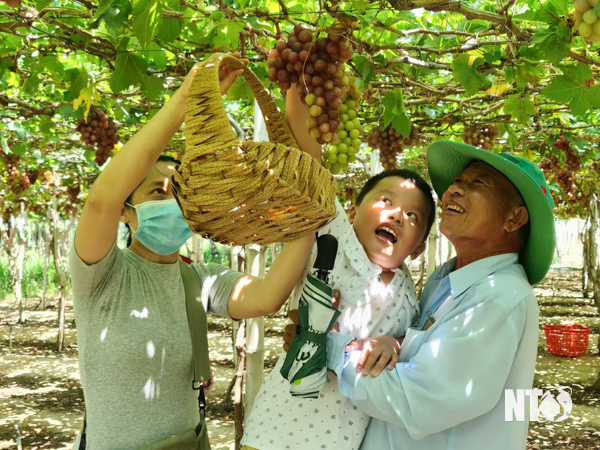
![[Photo] General Secretary To Lam receives Russian Ambassador to Vietnam](https://vstatic.vietnam.vn/vietnam/resource/IMAGE/2025/4/2/b486192404d54058b15165174ea36c4e)
![[Photo] Prime Minister Pham Minh Chinh receives CEO of Standard Chartered Group](https://vstatic.vietnam.vn/vietnam/resource/IMAGE/2025/4/2/125507ba412d4ebfb091fa7ddb936b3b)
![[Photo] Prime Minister Pham Minh Chinh receives Deputy Prime Minister of the Republic of Belarus Anatoly Sivak](https://vstatic.vietnam.vn/vietnam/resource/IMAGE/2025/4/2/79cdb685820a45868602e2fa576977a0)


![[Photo] Comrade Khamtay Siphandone - a leader who contributed to fostering Vietnam-Laos relations](https://vstatic.vietnam.vn/vietnam/resource/IMAGE/2025/4/3/3d83ed2d26e2426fabd41862661dfff2)
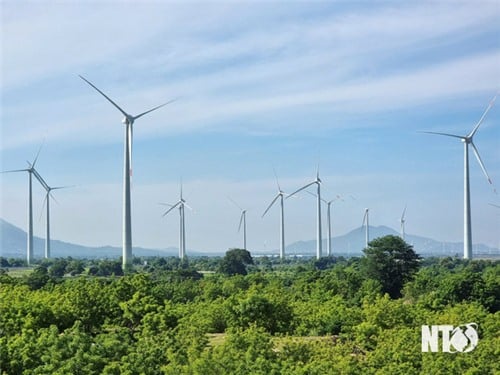

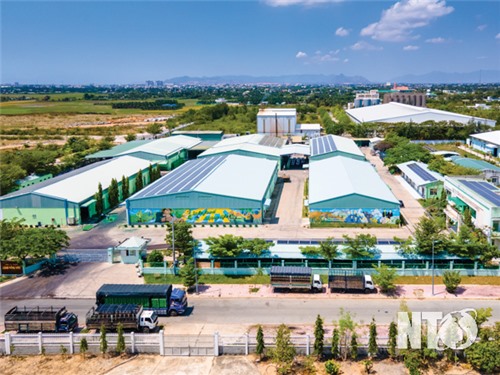

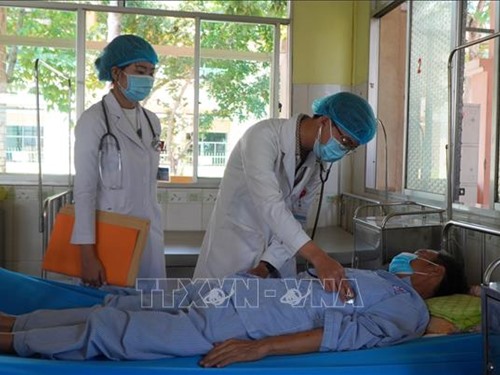
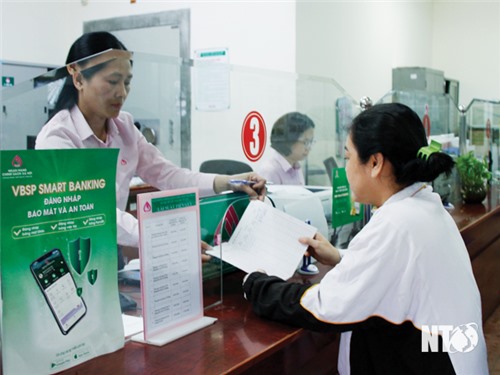


![[Podcast] News on March 26, 2025](https://vstatic.vietnam.vn/vietnam/resource/IMAGE/2025/4/3/c3d9c3c48b624fd9af79c13ff9e5c97a)








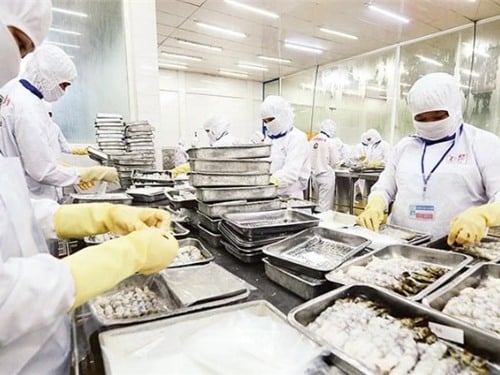
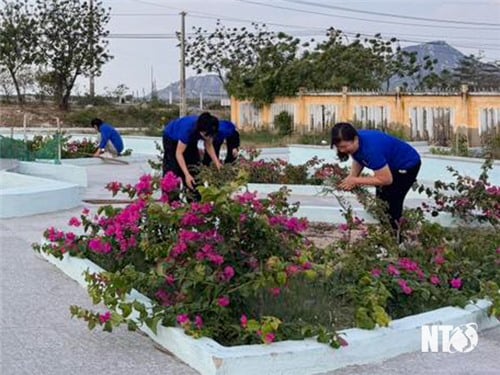




















































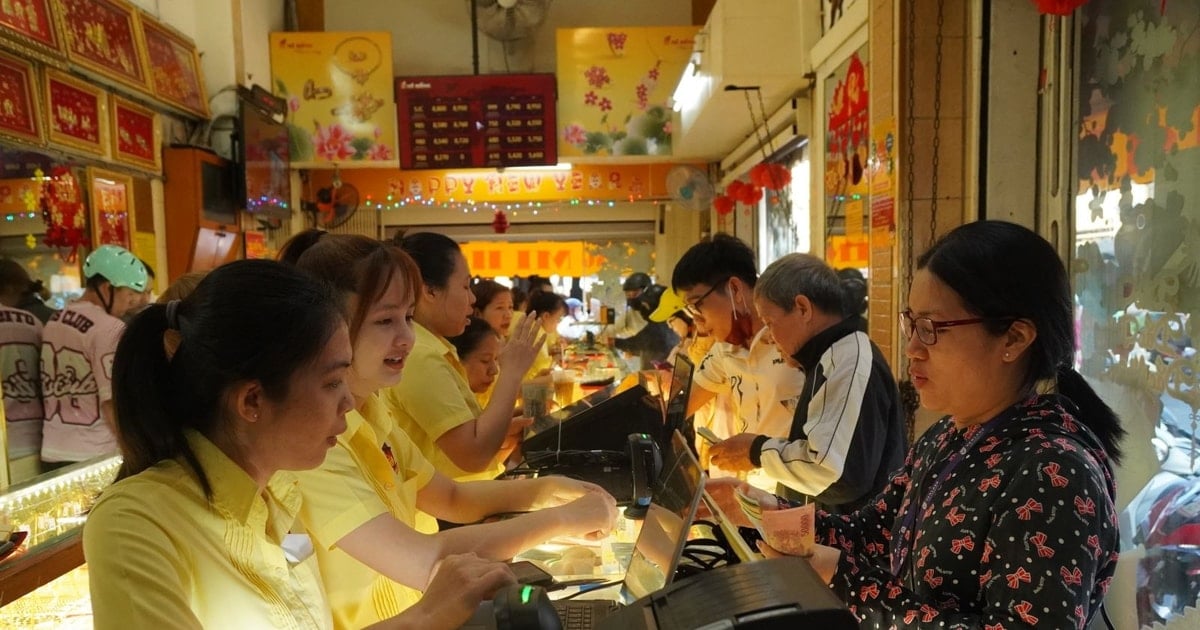


















Comment (0)